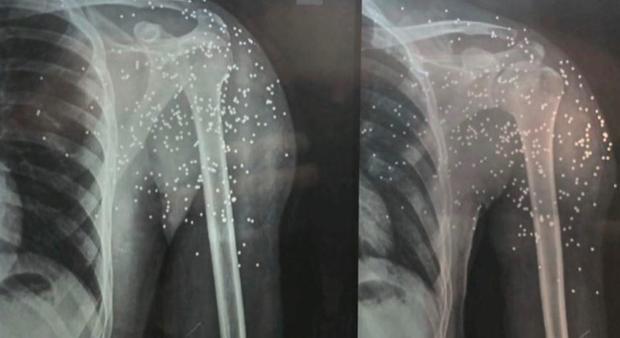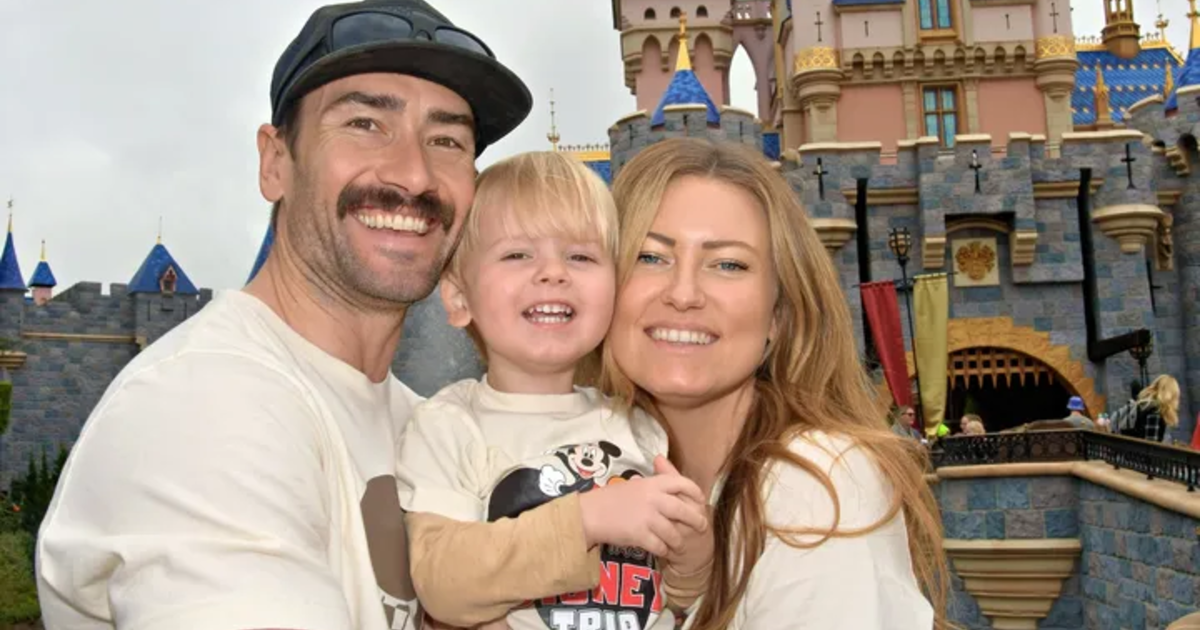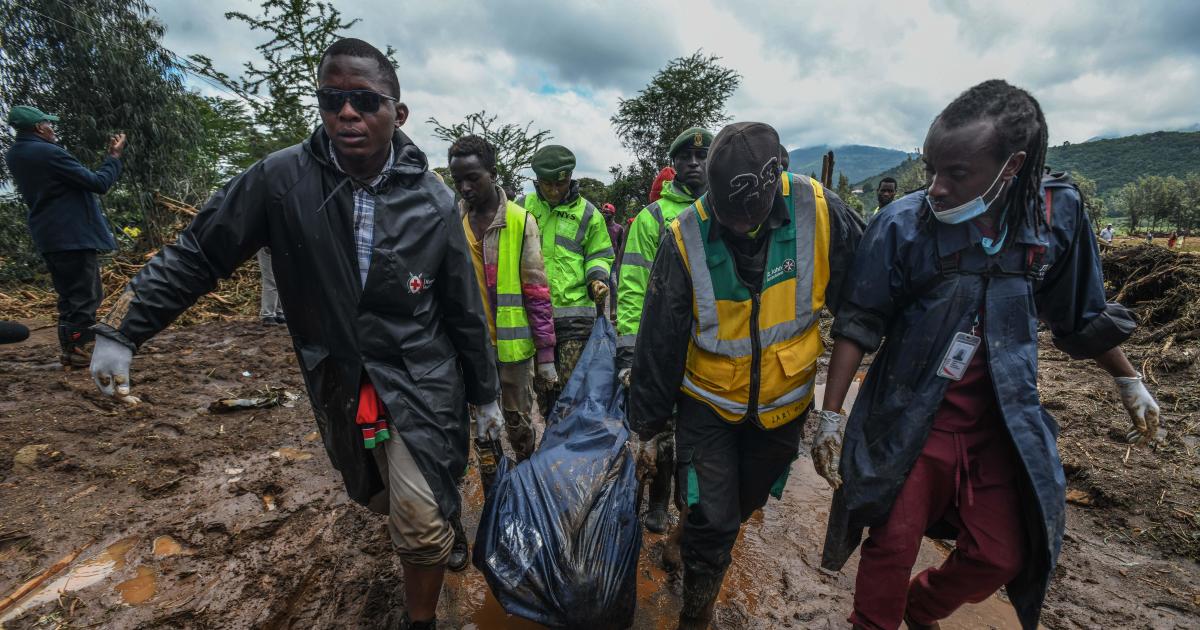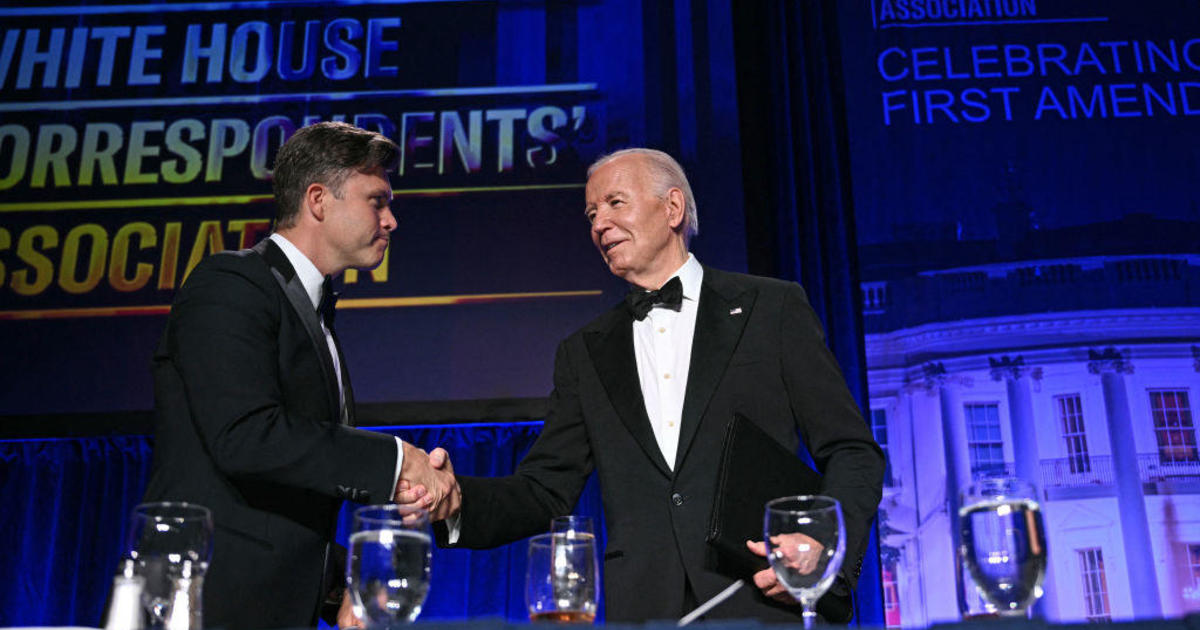Iran protesters shot by police so afraid to go to hospitals they're asking U.S. doctors for help online
As Iranians' anger at their theocratic leaders raged into a fourth week, the Norway-based Iran Human Rights group said on Saturday the death toll had risen to at least 185, including at least 19 children. Some Iranians joining the protests have been killed instantly by security forces as they wage a massive crackdown to quell the upheaval, while others have died later from their injuries.
Many Iranians wounded by the security forces amid the protests are too afraid to go to a hospital for treatment, because some protesters seeking medical help have been detained, according to several accounts shared with CBS News, from both inside and outside Iran.
News reports have claimed that Iran's morality police — the very force accused of torturing and killing 22-year-old Mahsa Amini almost a month ago, sparking the current unrest — are even using ambulances in the capital city of Tehran to transport injured protesters directly to police stations.
"As soon as they enter the hospital, there are intelligence agents and members of Revolutionary Guards who record their names," one doctor in Iran told CBS News on condition of anonymity. "We have seen cases when the injured patients have had surgery at hospitals and were later discharged and then arrested."
That is why, the doctor explained, many injured protesters stay home and appeal to physicians like him for help privately. He said he's seen a wide range of wounds, from a wide range of weapons.
"[The security forces] use a variety of weapons to suppress the people — from plastic to lead pellets to Kalashnikovs, even sniper fire," the doctor told CBS News. "We had a case of someone who was shot but preferred to go blind rather than to be admitted to the hospital."
The physician said he and other medical professionals who've been treating injured protesters in secret have been threatened constantly by Iranian authorities, and some have been pressured to sign written pledges to refrain.
On Monday, a Kurdish group called the Hengaw Orgnanization for Human Rights reported that plainclothes security agents had severely beaten and detained an Iranian doctor for treating wounded protesters in Amini's hometown of Saqqez.
Despite the dangers, the doctor who spoke to CBS News said he was continuing his work, because many protesters attempt to treat themselves at home, "somehow," out of fear of arrest if they go to a hospital.
Other Iranian medical professionals who also did not want to be identified out of concern for their safety told CBS News they felt a duty to help the wounded. One was an Iranian nurse who said she treated two protesters whose skulls had been fractured.
"They were afraid to go to the hospital," she said, adding that she had to tend to their wounds on the street, in the midst of the unrest, so she didn't have time to sanitize their injuries properly.
"There truly isn't even a chance to observe basic principles," said the nurse. "I don't know how they're doing… I'm still truly worried about them."
The risk of arrest to injured protesters is real, according to another Iranian nurse and emergency call operator.
"We are required to report all gunshot cases to the police because all of the phone calls are recorded," she said.
She described what happened when an ambulance was called to help one 14-year-old protester who was shot after school.
"The police arrived… they took the boy away with the catheter still in his hand," the nurse said. "Please let people know they shouldn't call 115 [Iran's emergency number] and instead go to trusted private clinics if their problem is not severe."
The desperation of wounded protesters who want to avoid hospitals is clear, said Dr. Kayvan Mirhadi, an Iranian American and chief of internal medicine at the Clifton Springs Hospital in New York. Mirhadi said he receives around 500 Instagram messages daily from wounded protesters in Iran, begging him for medical advice.
"So, a person who is bleeding out of their leg from like, a gunshot wound, is just waiting for my response on the phone," he told CBS News. "It's just a horrible situation… because they're so scared… They're kind of just waiting for me to tell them what to do."
He said he first attempts to refer them to doctors he trusts in Iran, but if they fail to find one, he tries to walk them through the best home remedies he can recommend. Their injuries range from fractures and significant head injuries due to physical combat, to second- and third-degree burns from electric batons, as well as bullet and pellet wounds.
Those accounts correspond with what Human Rights Watch (HRW) has called an "excessive and lethal" use of force by Iranian authorities during the protests. Iran's security forces use of shotguns and assault rifles on protesters is in breach international norms, Tara Sepehri Far, a senior Iran researcher at HRW, told CBS News.
"The pattern points to those being killed by bullets, often in areas that is above their chest," she said.
"I have step-by-step kind of instructions on what to do with burns, with bullets," said Mirhadi. He has also been posting treatment suggestions to his Instagram page, including how to treat gunshot wounds to the chest and eyes.
Mirhadi said he receives many photos like the one on the left, which he said appeared to show a teenage girl with numerous birdshot wounds to her back. He recommended that she use tweezers to pick out the pellets and then disinfect the wounds with Betadine, a topical antiseptic.
"I never give recommendations on antibiotics through Instagram, but I had to, because this girl could get septic [shock] because she said, 'There's no way I'm going to the hospital with this. If I go, I'm going to prison,'" Mirhadi told CBS News.
The New York doctor first gained a large social media following in Iran by providing medical advice on COVID-19.
"I feel very responsible," he added. "The things I do in a hospital with others and nurses, I'm doing on Instagram with a patient's family, and hoping that somebody comes in and helps."
Another Iranian-American doctor, Dr. Kamiar Alaei, and his brother Dr. Arash Alaei, who is also in the U.S., have started remotely training medical professionals in Iran to formally document the injuries and deaths of protesters. Both of the brothers are former Iranian political prisoners. They were jailed after being accused of trying to foment a soft revolution through their work addressing HIV/AIDS in the country — a charge they both denied. Both men are also being inundated with pleas for help from injured protesters in Iran.
"There are different kinds of injuries to different parts of the body, particularly the head and hands due to baton [strikes] and shotgun [pellets] at different parts of the body, mainly back and face," Kamiar Alaei told CBS News, adding that he'd never seen anything like the "scale of injuries and the number of people who were shot, including underage people and girls" in Iran.
"The regime aims to undermine the scale and significance of damages by reducing the [official] number of people who got killed, because they think all the injuries will not be detectable later," he said. "We aim to document them to show the scale of the torture and the significance of physical and mental injuries… to make the regime accountable in front of international bodies."
Iranian authorities haven't updated the death toll in weeks as their crackdown has continued. They stopped counting at 41.
Mirhadi said he feels almost "hopeless," because he can't keep up with all the "SOS messages" he receives.
He does, however, have a message for Iran's rulers: "These are your people. You are hurting them for being out there to protest for their own rights. At least let the doctors treat them. Don't take the ambulances to detention centers."
"These are very basic things," he added. "It should be a basic human right to allow them to do that."
Mirhadi said he knew of a doctor in Iran who was arrested for helping protesters, and he hasn't been able to find out what happened to him.






